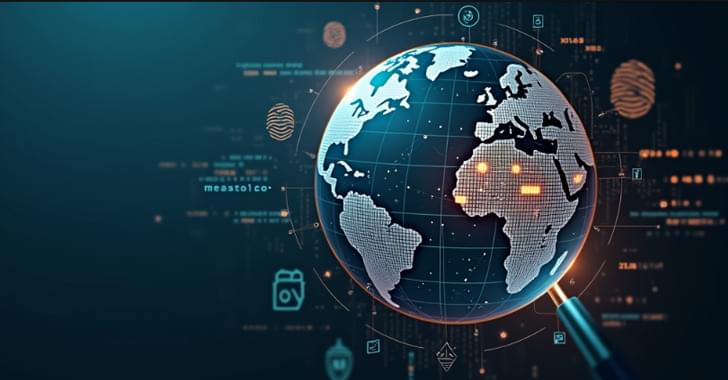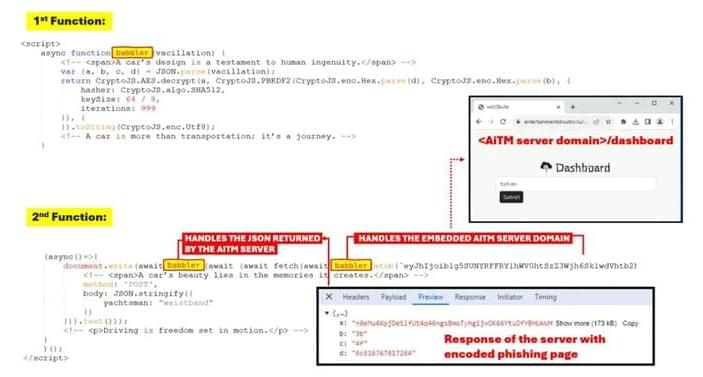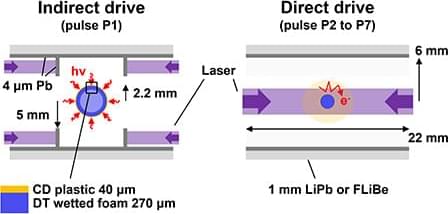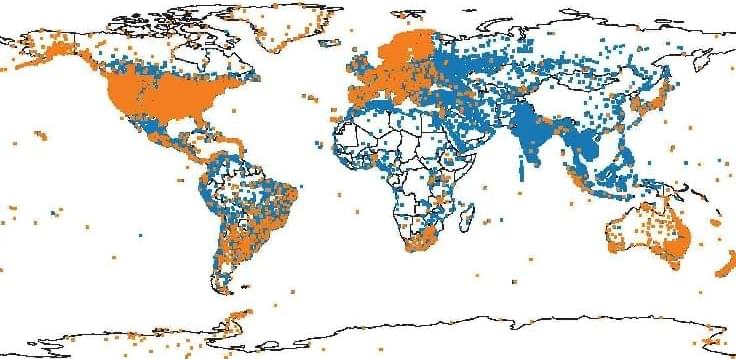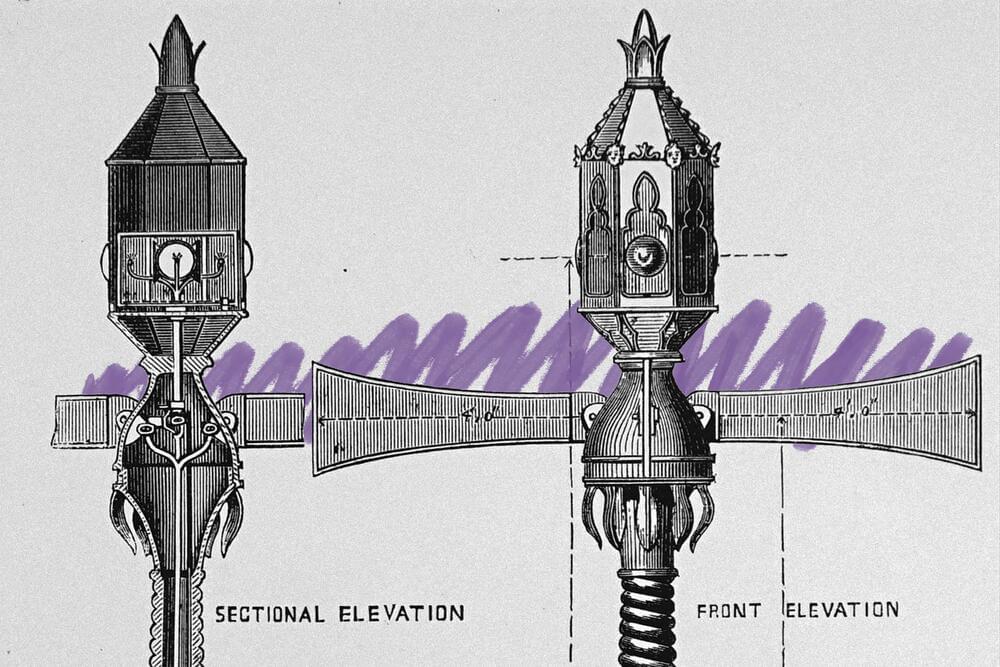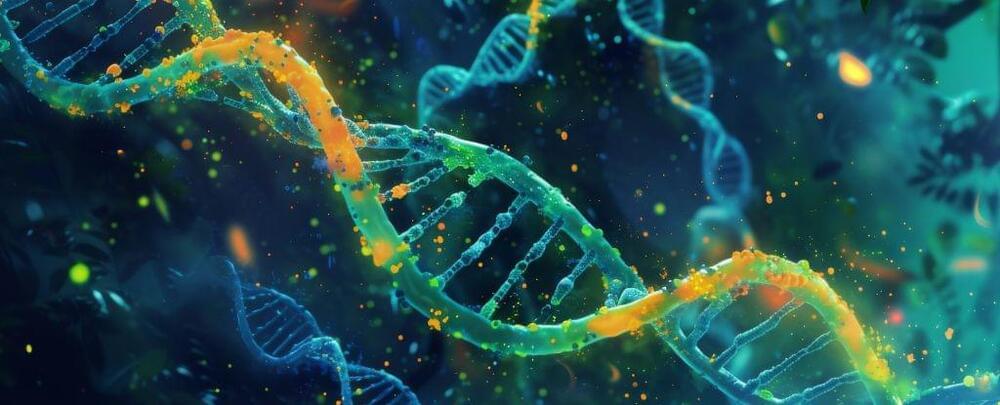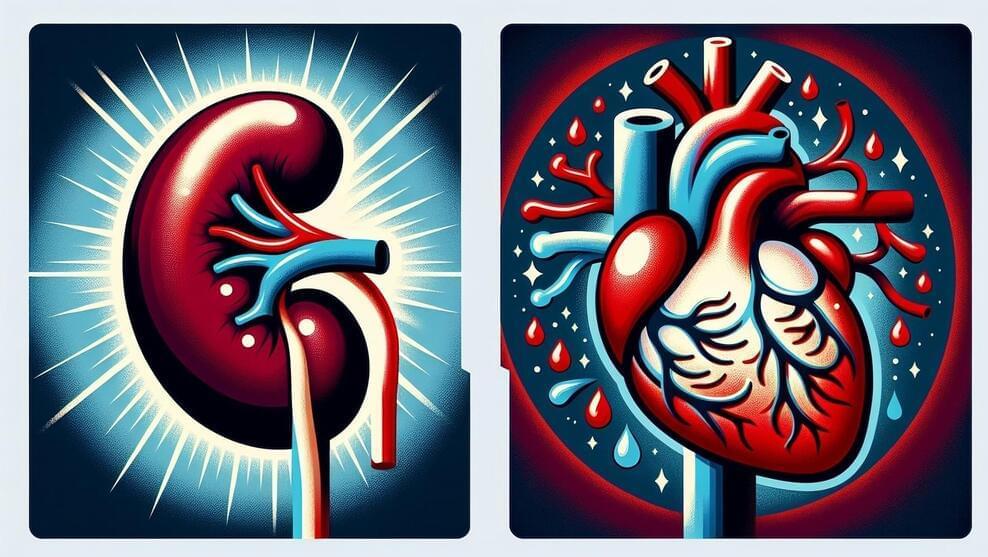“The effects of cyber-enabled crime can be devastating – people losing their life savings, businesses crippled, and trust in digital and financial systems undermined,” INTERPOL Secretary General Valdecy Urquiza said in a statement.
“The borderless nature of cybercrime means international police cooperation is essential, and the success of this operation supported by INTERPOL shows what results can be achieved when countries work together. It’s only through united efforts that we can make the real and digital worlds safer.”
As part of HAECHI-V, INTERPOL said Korean and Beijing authorities jointly dismantled a widespread voice phishing syndicate responsible for financial losses totaling $1.1 billion and affecting over 1,900 victims.
